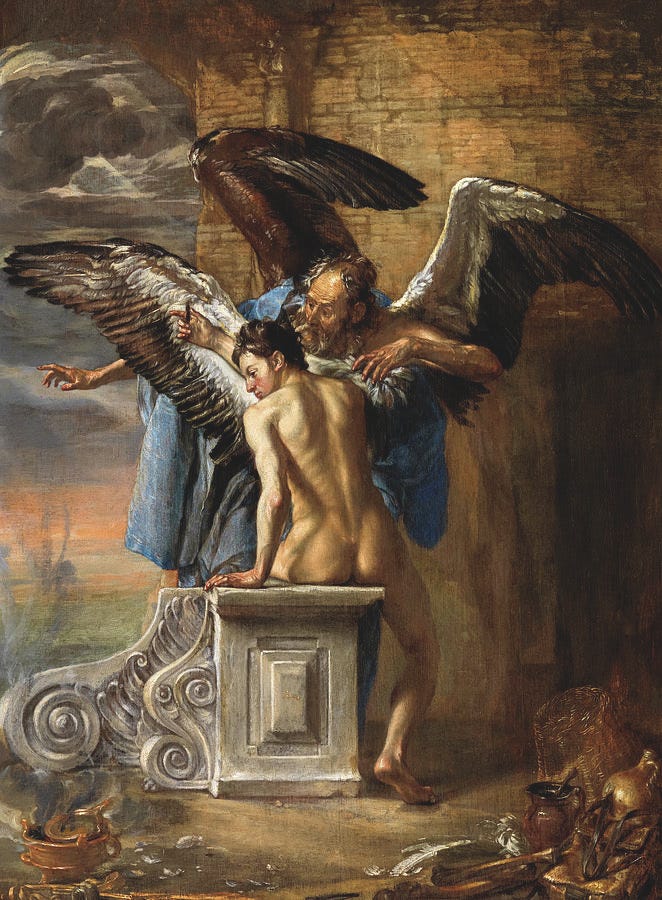Fame’s inflection point
she-Shakespeare, monsters, and the artist’s magic image
Between Elizabeth Winkler’s Shakespeare Was a Woman and Other Heresies and Claire Dederer’s Monsters, I’m tempted to call this (in tight thematic relation to the work of hot second-novel summer) the summer of “the riddle of the artist.”
Both of these books are top-notch: erudite and meticulously researched, tho…
Keep reading with a 7-day free trial
Subscribe to quite useless to keep reading this post and get 7 days of free access to the full post archives.


